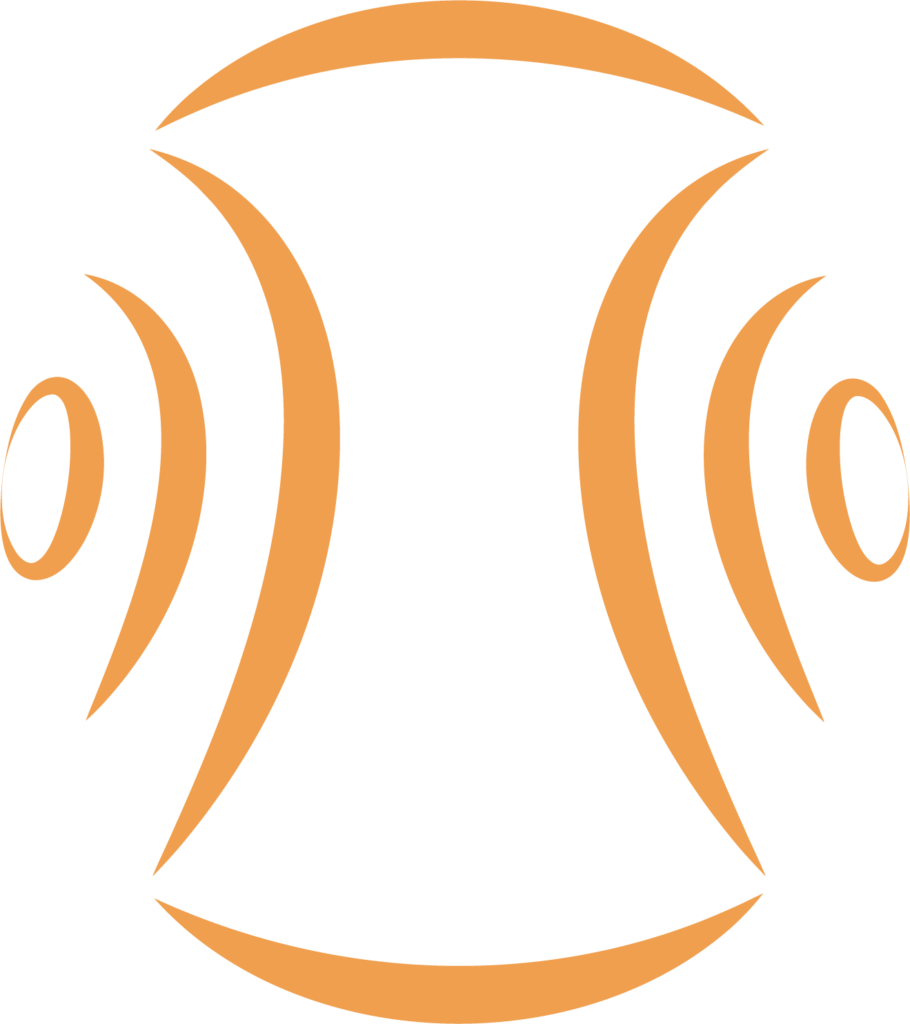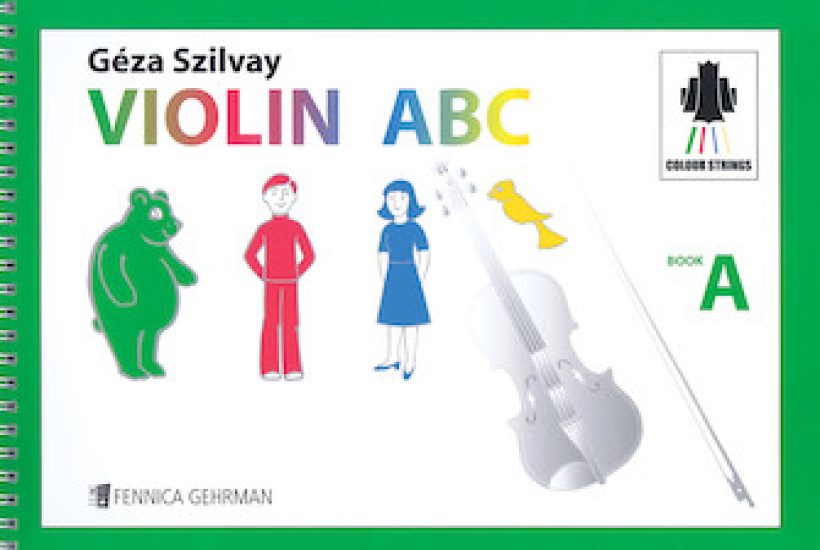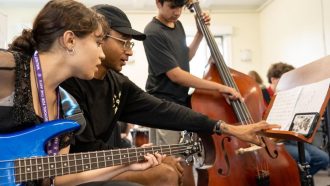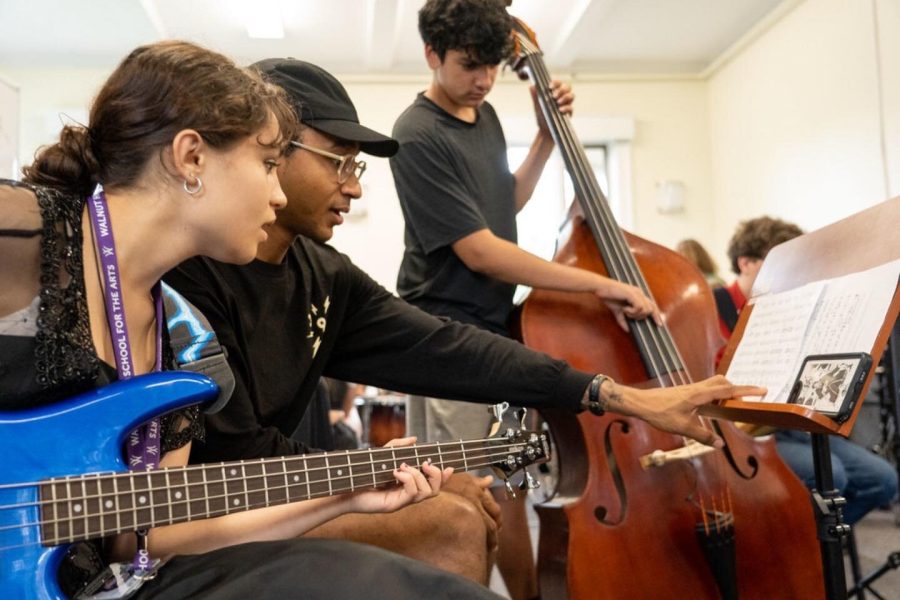I was recently introduced to the Colourstrings teaching method for string instruments. After watching a video of a beginner student play at a recital with such musicality and ease, only using harmonics and the first finger of the left hand, I was intrigued to find out more.
The founder, professor Géza Szilvay, was born in Budapest, Hungary. He studied the violin at the Béla Bartók Conservatory and Pedagogics at the Budapest Music Academy where he graduated in 1966.
Mr. Szilvay started teaching in Helsinki, Finland in 1971, where he developed the Colourstrings method after finding the need to help his own children through the early, challenging years of playing. He wanted to make the learning process more joyful, more natural. In his own words:
“My intention was to teach all my pupils with a feeling of parental responsibility, and I made efforts to eliminate, or at least reduce, those instrumental, technical, musical, and theoretical difficulties and hardships, that so often spoil and render unhappy the early years of violin playing.” Drawing on the Kodály pedagogy, which emphasizes building and training a whole musician from an early age, using the voice as the first instrument, Mr. Szilvay developed a method that helped shape the success of the Finnish string education system”.
Having been taught by a traditional method myself, and not learning how to play by ear until my twenties, which completely changed me as a violinist for the better, I am admittedly passionate about including singing, the voice, in the study of all instruments. As Kodály said himself:
“Our age of mechanization leads along a road ending with man himself as a machine; only the spirit of singing can save us from this fate”.
When I studied in the New England Conservatory’s Contemporary Improvisation program, the emphasis was to learn everything by ear first, to sing it, and then to transfer it to your instrument. I nervously put away my music stand for the two years I was in the program, and with a recorder in hand I slowly got used to this method of learning. I wouldn’t say that the singing part itself was particularly hard, after all I had sang in choirs my whole childhood, but transferring everything to my violin by ear was a challenge at first. It frankly seemed rather ridiculous to me that I had come this far as a musician, and I didn’t have the training to connect my violin to my voice.
When we sing, we don’t normally think about what notes we are singing. They just come out, rather effortlessly. Our voices are so naturally connected to our ears, that singing what we are hearing is usually just part of who we are. Put an instrument in your hands, and it is easy to get so occupied with the theoretical and technical challenges of making a decent sound, that we forget to integrate our voices, our whole bodies, into the process. This is what the Kodály and Colourstrings methods seek to address.
I am convinced that training the fingers to respond to what you are hearing, just like we can do with our voices, will have a positive impact on you as a student and as an instrumentalist. And if you have a child who is struggling to learn a string instrument, consider finding a teacher who is trained in one of these, or related methods.
Click here for more information on the Colourstring method.
Click here for all the Colourstring method books at SheetMusicPlus.com.







